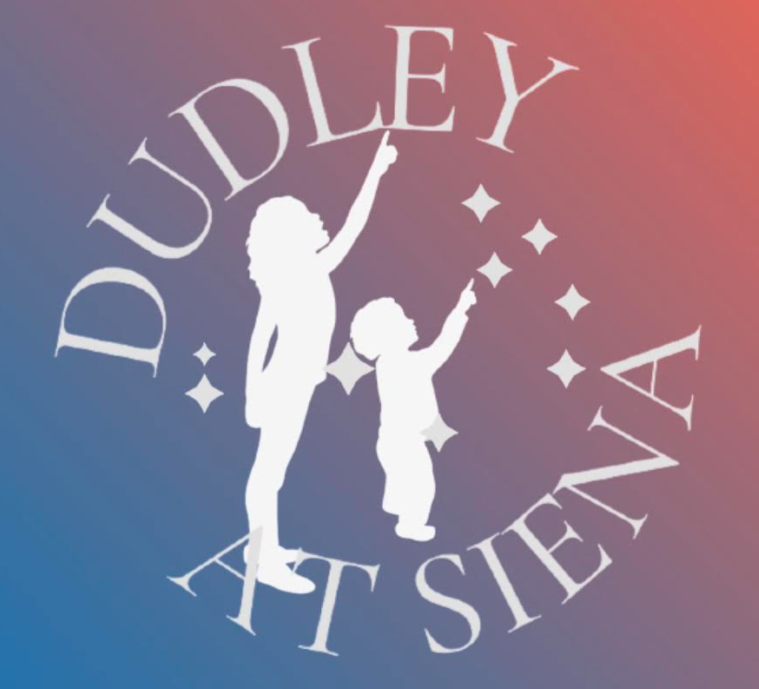Posts Tagged ‘Computers’
Dudley’s Female Computers
Dudley Observatory has spent most of its 160 years as a working science institution, and not a museum. That means that its employees weren’t always focused on saving the kind…
Read MoreWhat Happened to the Women Computers?
I’ve spoken about the Dudley Observatory’s corps of women computers several times now. Every time, someone has come up to me afterwards to mention that, back in their day, there…
Read MoreRecovering the History of Women Computers
As an archivist, I’m not used to covering topical issues. But the history of women computers in the field of science is suddenly getting a lot of attention. The latest…
Read More